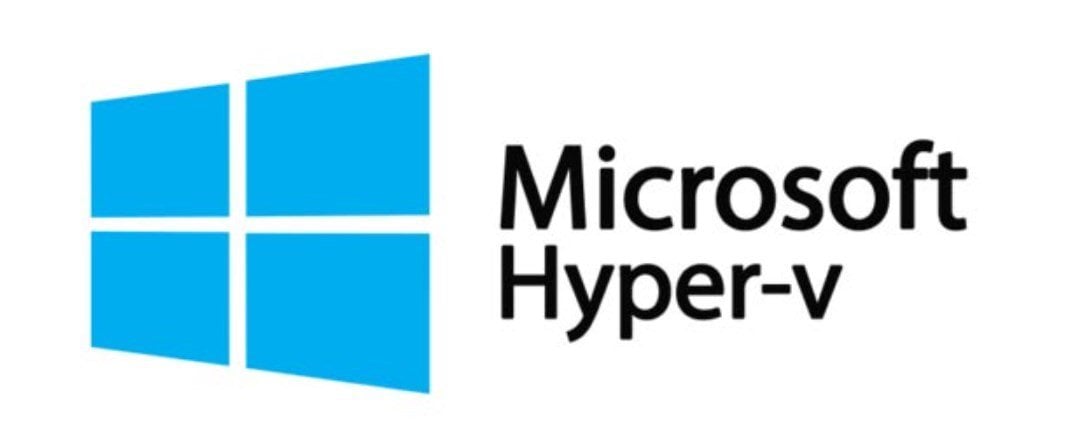- Local time
- 9:53 PM
- Posts
- 1,789
- OS
- Windows 11
So I just completed an experiment and did get the results I expected.
1. I created a VM in Hyper-V on an Intel laptop. I did not attach any drives to the VM.
2. I exported the VM from the laptop and imported it in Hyper-V on an AMD desktop computer.
3. Then I attached VDisks to each VM, on the laptop I installed Windows 10 Pro with the generic product key. On the desktop I installed Windows 11 with the generic product key. I signed in to both with a local account only.
4. I checked activation of both VMs and neither VM was activated.
5. I activated the Windows 11 VM on the desktop computer by entering a Windows 8 Pro product key.
6. On the Windows 10 on the laptop VM, I ran slmgr /ato (online automatic activation). It activated with no change in product key.
1. I created a VM in Hyper-V on an Intel laptop. I did not attach any drives to the VM.
2. I exported the VM from the laptop and imported it in Hyper-V on an AMD desktop computer.
3. Then I attached VDisks to each VM, on the laptop I installed Windows 10 Pro with the generic product key. On the desktop I installed Windows 11 with the generic product key. I signed in to both with a local account only.
4. I checked activation of both VMs and neither VM was activated.
5. I activated the Windows 11 VM on the desktop computer by entering a Windows 8 Pro product key.
6. On the Windows 10 on the laptop VM, I ran slmgr /ato (online automatic activation). It activated with no change in product key.
My Computers
System One System Two
-
- OS
- Windows 11
- Computer type
- PC/Desktop
- Manufacturer/Model
- Homebuilt
- CPU
- AMD Ryzen 7 3800XT
- Motherboard
- ASUS ROG Crosshair VII Hero (WiFi)
- Memory
- 32GB
- Graphics Card(s)
- EVGA GeForce GTX 1080 Ti
-
- Operating System
- Windows 11 Education
- Computer type
- Laptop
- Manufacturer/Model
- Dell Inspiron 7773
- CPU
- Intel i7-8550U
- Memory
- 32GB
- Graphics card(s)
- Nvidia Geforce MX150
- Sound Card
- Realtek
- Monitor(s) Displays
- 17"
- Screen Resolution
- 1920 x 1080
- Hard Drives
- Toshiba 512GB NVMe SSD
SK Hynix 512GB SATA SSD
- Internet Speed
- Fast!







